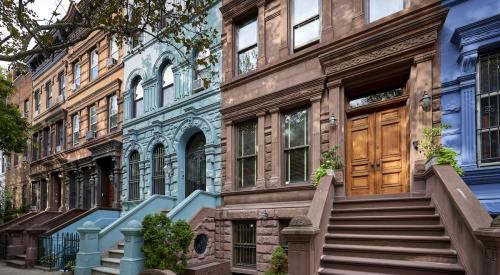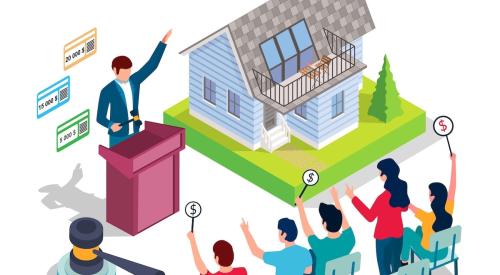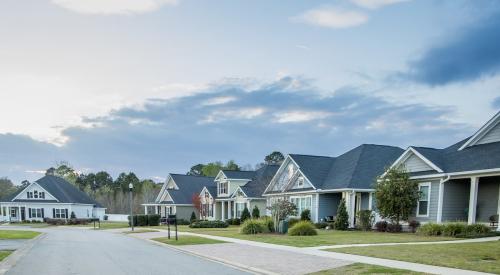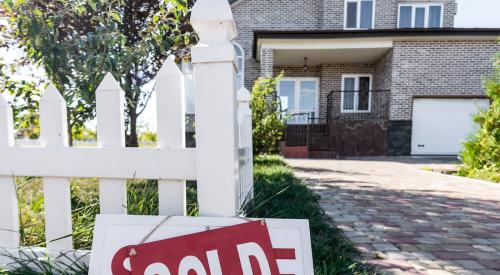Compared to 2019, the start of 2020 looks promising. But two pressing issues remain that could threaten the otherwise relatively stable housing market: the rising cost of homes and the lack of inventory, especially on the affordable end. In January, home-sale prices rose 6.7 percent year-over-year while inventory dropped 11.4 percent at the same time. If prices rise again, it could price out even more potential homeowners out of the market. And as inventory the inventory shortage gets worse, continued price increases are not out of the question. The big asterisk on all of this is that as home prices increase, rent prices are going up as well, squeezing Americans looking for housing from both sides with no clear solution in sight.
U.S. home-sale prices increased 6.7% year over year in January to a median of $306,400 across the 217 metros Redfin tracks. Home prices were also up 0.7% month over month on a seasonally-adjusted basis.
The most affordable metro areas continued to experience the biggest gains in home prices in January. Among the 20 metro areas with the largest year-over-year price increases, 18 had prices below the national median, led in January by Memphis (median price $182,900, up 17.1%), Dayton, OH ($132,000, +14.8%) and Rochester, NY ($148,500, +13.3%).
That said, low inventory is causing a crunch in many markets across the country, even the expensive coastal cities.
“Every home is getting multiple offers, often going for substantially above the asking price,” said San Fernando Valley Redfin agent Robert Iles. “One offer I recently submitted for a client faced competition from 23 other offers, and that was when the seller’s counteroffer included the term requiring our offer to be no less than $100,000 above the list price.”











